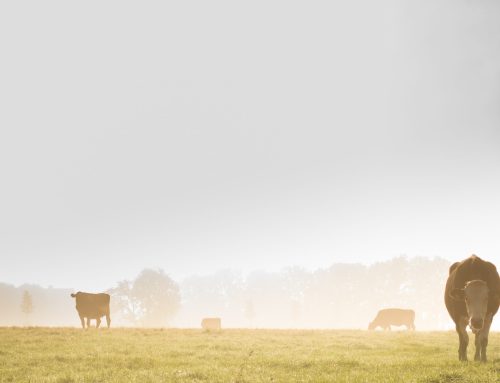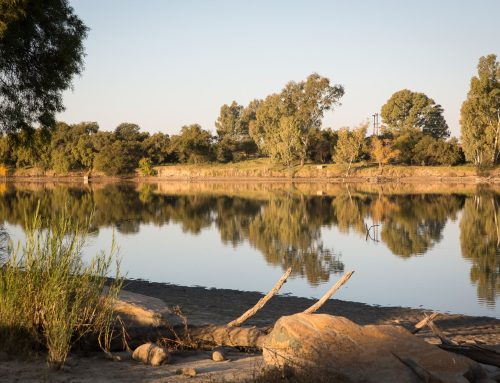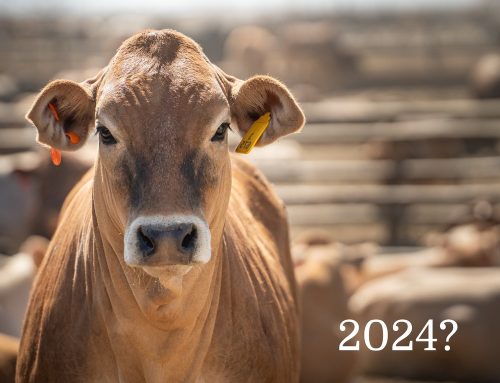The opportunity for the SA beef industry to capture a slice of the global export pie is to compete with markets that export lower volumes, but better-quality beef, such as the Netherlands.
This is the view of Roelie van Reenen, Supply Chain Executive at Beefmaster Group, who says that while most of the global beef supply growth is currently coming out of Brazil and Argentina, these markets are exporters of lower-value bulk beef products, and should not be compared to South Africa.
“South American beef players all compete in a very tough pricing market due to their huge scale,” says van Reenen. “In contrast, South African beef has gained a reputation the world over for its premium quality. This is because our classification system makes our product unique in the world.”
He adds that the cattle South Africa uses for meat production is not as mature as those in the bulk export markets, which gives SA beef an advantage: a leaner taste, with less fat, making it sought after.
“It has a pink tone in colour, almost like rosé veal, but it is not quite veal and it is not quite US beef. It is in between,” says van Reenen, adding that South African beef is loved in select markets like the Middle and Far East.
Approximately 5% of South Africa’s beef supply is being exported, which clearly indicates that there is an opportunity for the country to grow its beef exports into new markets.
“We need South Africa to rise to the occasion to continue feeding nations across the world with our world class beef, but there are barriers we have to overcome,” says van Reenen.
He says that South Africa, together with some of the country’s neighbours like Namibia and Botswana, is in a “herd-rebuilding phase” following an extended drought period.
“Cattle production figures are down across sub-Saharan Africa, but we are well on our way to make a recovery and build our herds. Following good rains, South Africa is on track rebuild our national herds by 2022,” says van Reenen, adding that it remains to be seen whether SA can both build capacity and increase the supply of quality beef.
But the biggest barrier by far, he says, is access to more markets. Van Reenen says it will depend how well, and how quickly, government and industry players work together to create opportunities on the global stage for South African beef to shine.
“We need government players to mobilise and open new markets for the South African beef industry. This can only be achieved if political intentions are set aside to create economic opportunities that will, at the end of the day, benefit every farmer in the country, that is, both subsistence and commercial farmers,” says van Reneen.
He says that South Africa has already shown its mettle in creating opportunities for the local beef industry, referencing a number of trade agreements that were signed in recent years, allowing SA to export its beef to markets to markets like Mauritius, the United Arab Emirates, Egypt and elsewhere. He says these are good examples of what can happen when the public and private sector partner together.
“The fact that we can export creates economic opportunities for all players in the beef supply chain, including our competitors,” says van Reenen. “If there is less of our product in the local market, it creates more demand for others. Exporting also allows farmers and other players to fetch better prices, because there is more demand.
“At the end of the day, the more opportunities we have to export quality beef products creates an industry advantage. But everyone in the value chain has to play their part to ensure that we continue to deliver quality beef both locally and globally,” concludes van Reenen.
-ends-






